There’s never been a better time
to hone your photography skills.
Travel + Leisure Southeast Asia
photographer Scott A. Woodward
offers his top tips on how to get the shot.
For the past couple of months the entire world has been stuck indoors, and global travel has ground to a halt, as we all sit in wait and wonder about what comes next. In the spirit of #armchairtravel, and in anticipation of the time when we can once again freely explore our beautiful planet, I partnered with my friends and longtime creative collaborators at Travel + Leisure Southeast Asia to share some of my visual storytelling insights. “The Singapore-based photographer has captured more than a dozen covers for us…and is consistently one of our go-to guys to get the shot…[so] read on for Woodward’s top photography tips so that you can come out of quarantine ready to capture your next trip like a pro.”
1. LIGHT MY FIRE
The most critical ingredient in all great photographs is the lighting. The best images always make interesting and powerful use of light — but try to avoid direct sunlight. The angle of the sun significantly affects the warmth, contrast and texture of a photograph. As often as possible, shoot in the warm “golden hours” of early morning and late afternoon (one hour after sunrise and one to two hours before sunset) when the sun is low and the light is soft and yellow/orange. Dramatic light can make even the most mundane subjects appear outstanding, so also be on the lookout for beams of light peeking through clouds, filtering through trees or shining through windows. Make use of long shadows cast during the golden hours, and try to use backlighting to silhouette your subjects. And experiment with blue hour photography, in the minutes after sunset, when there is still light remaining in the night sky.
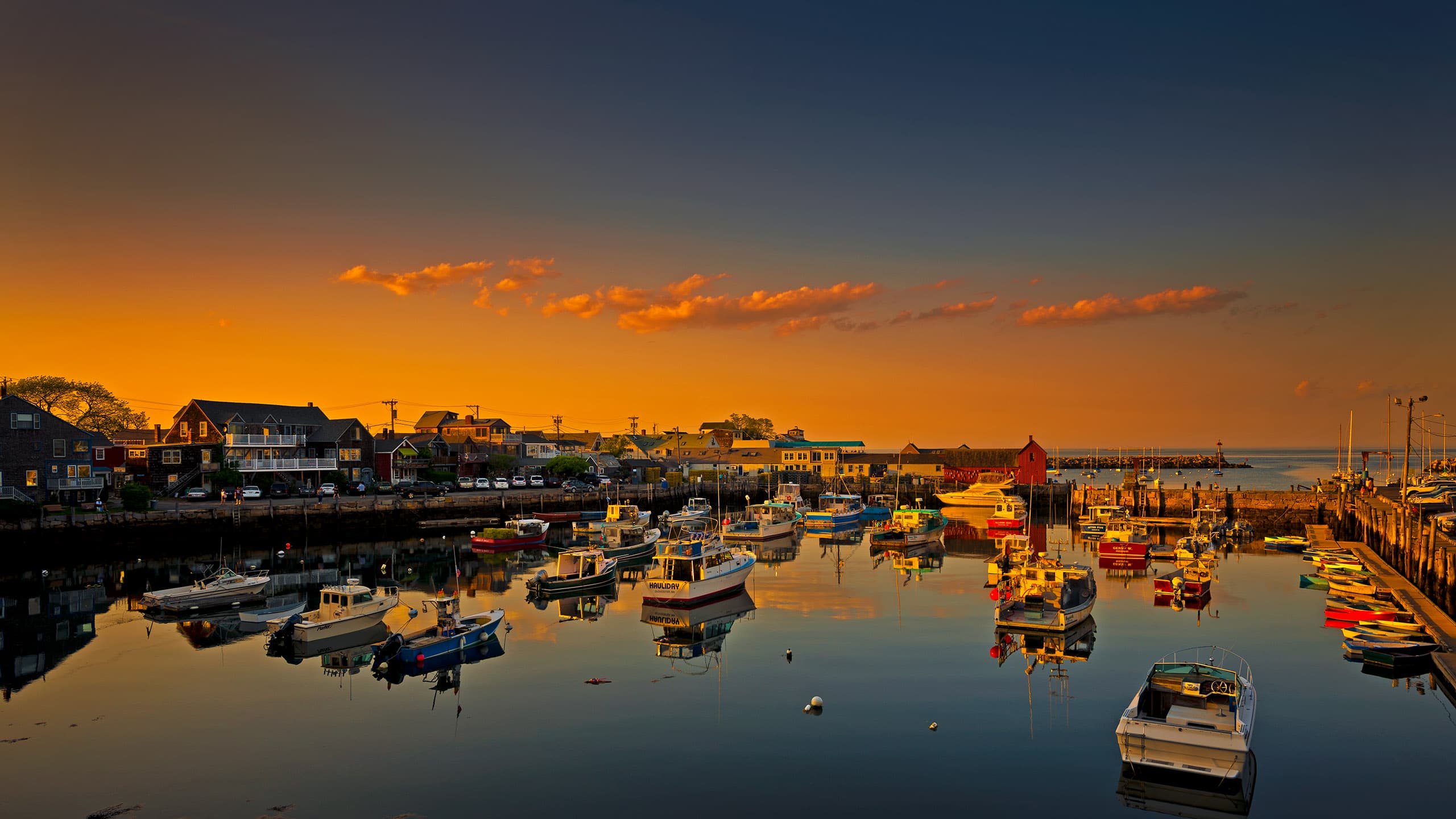
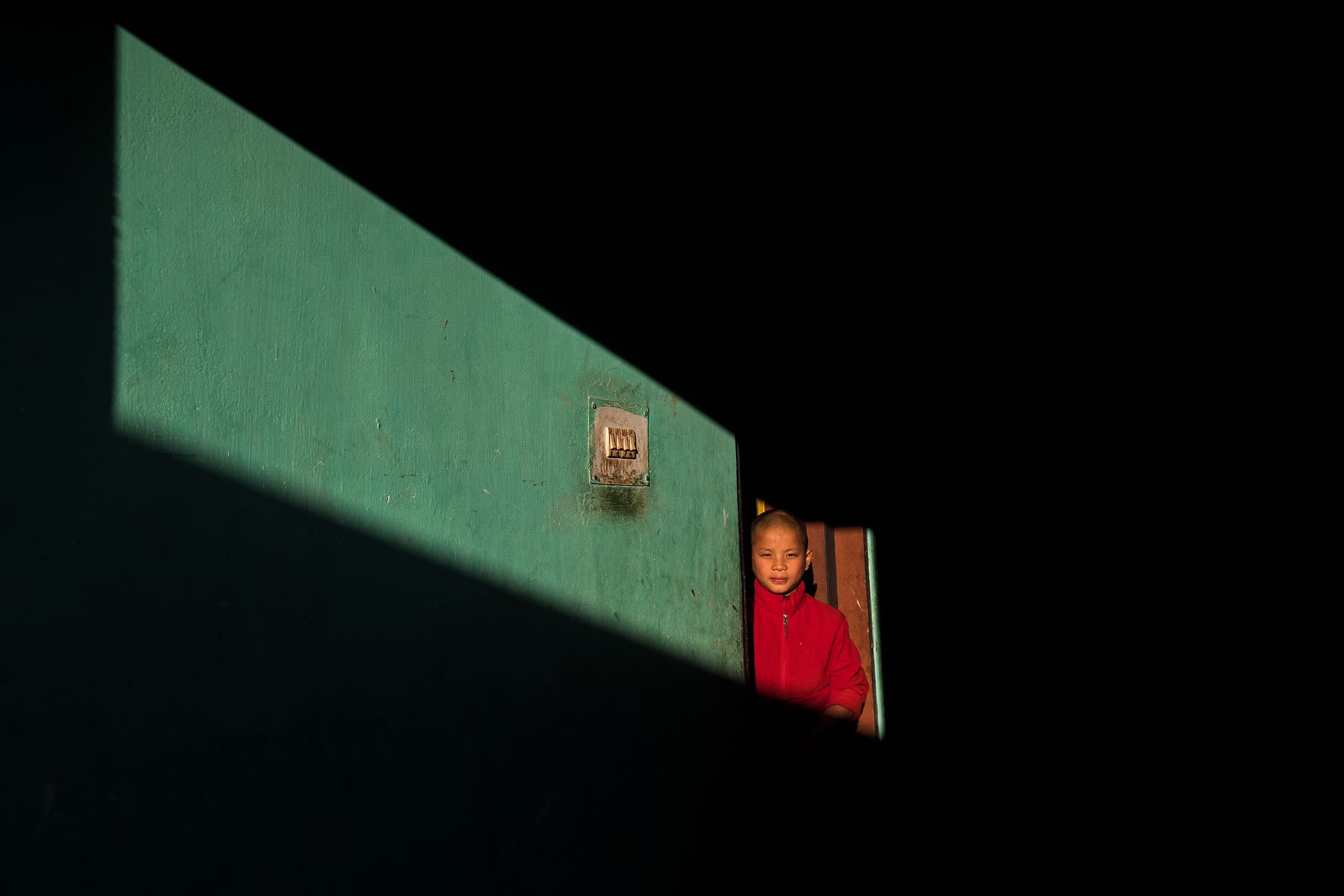
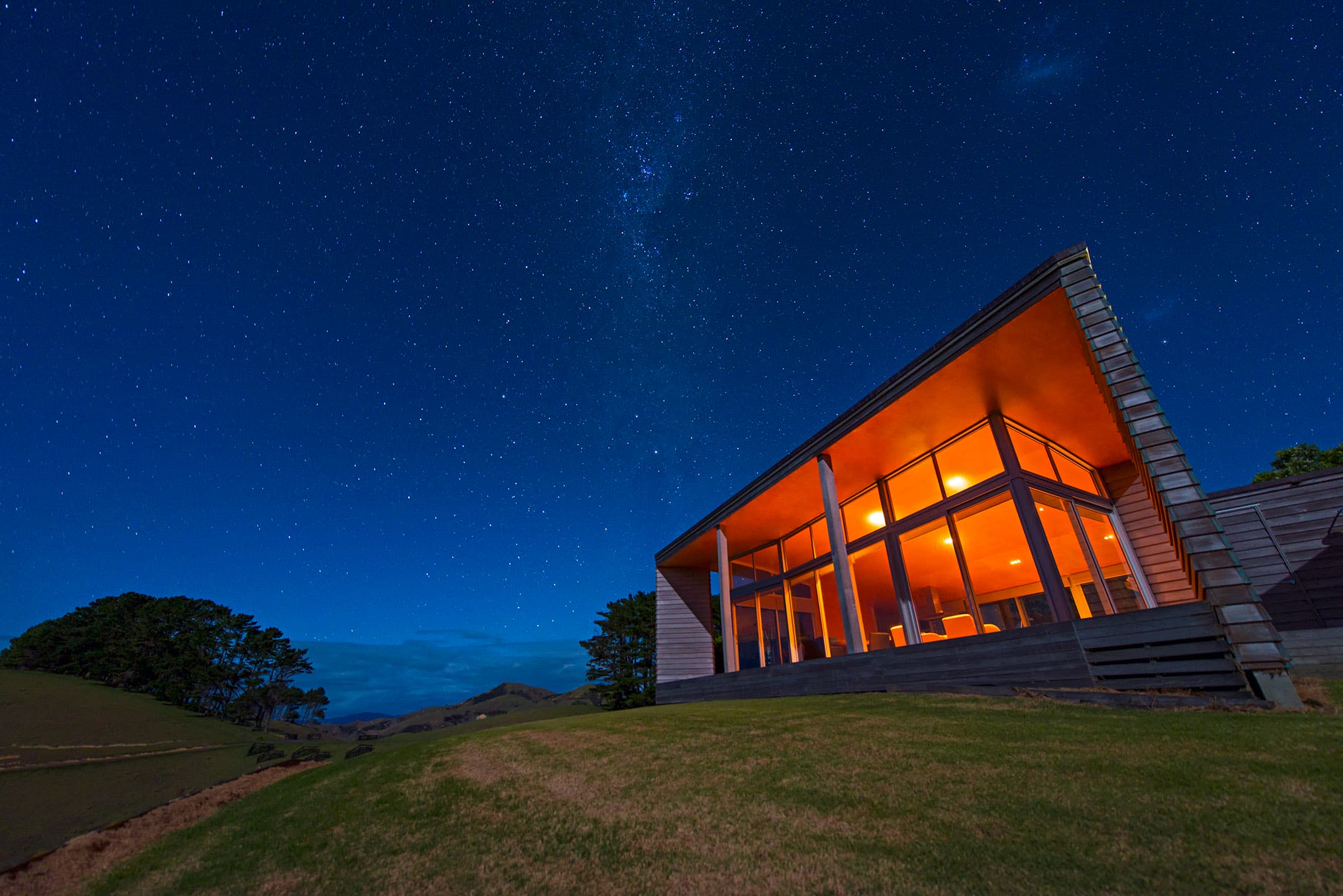
2. LANDSCAPES WITH LIFE
Beautiful landscape shots can be breathtaking, but if you’ve ever been subjected to an endless stream of a friend or family member’s holiday snaps, you know how dull they can become after you’ve looked at dozens of them in a row. Try adding people (or animals) to your landscape photographs; even if they occupy just a little bit of space within your frame, a living touch helps make a more powerful photograph: it gives scale to an image, offers perspective and adds drama.
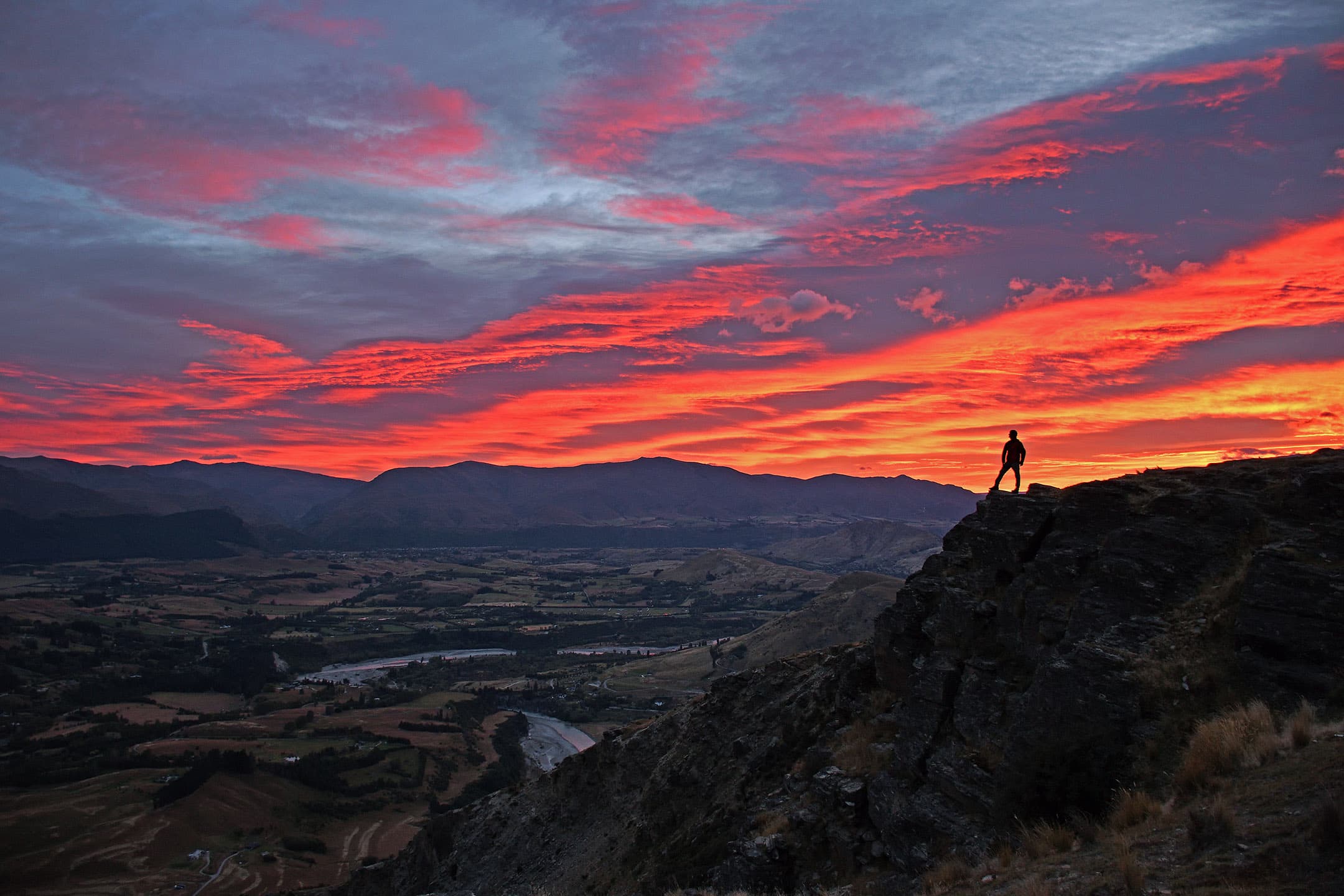
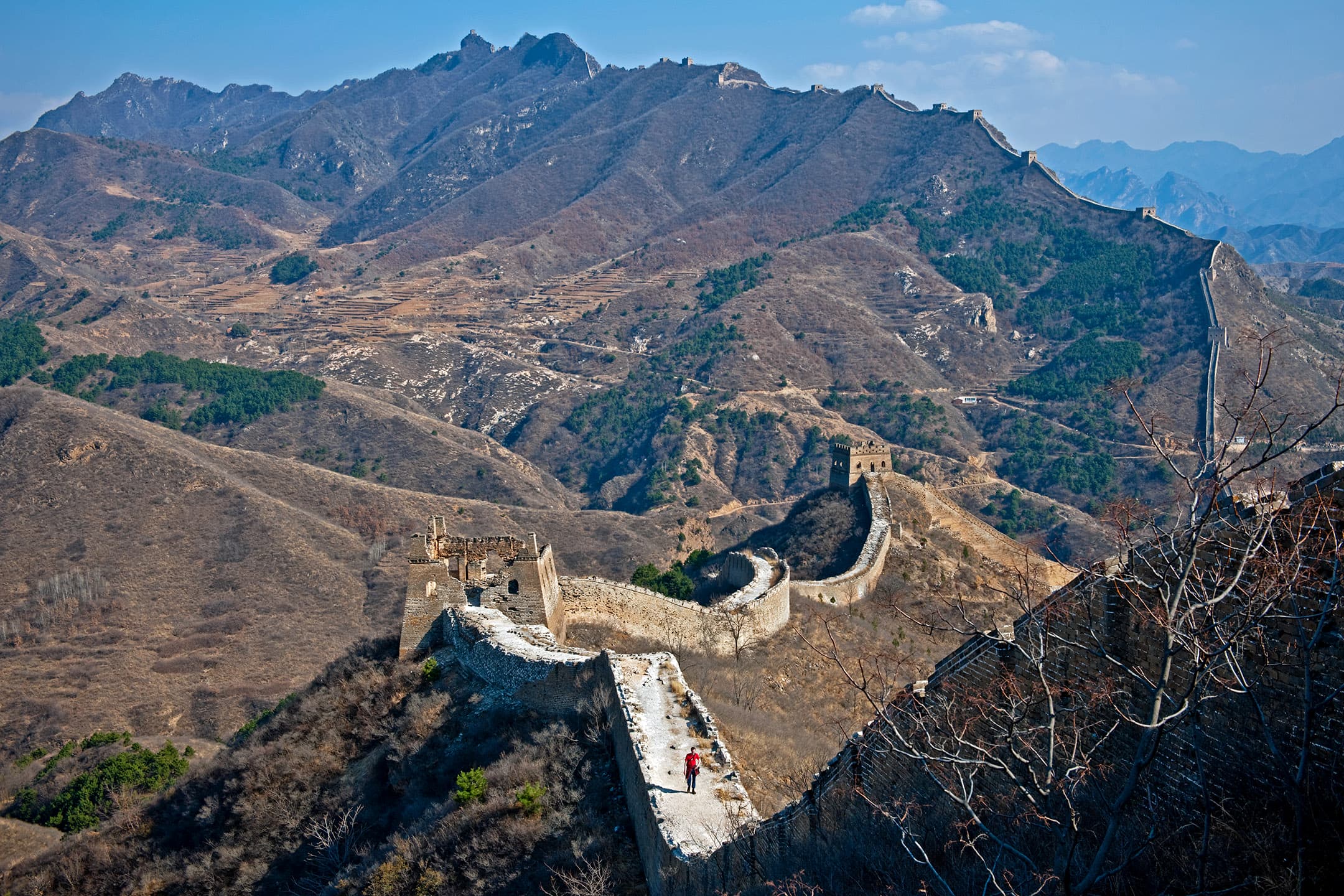
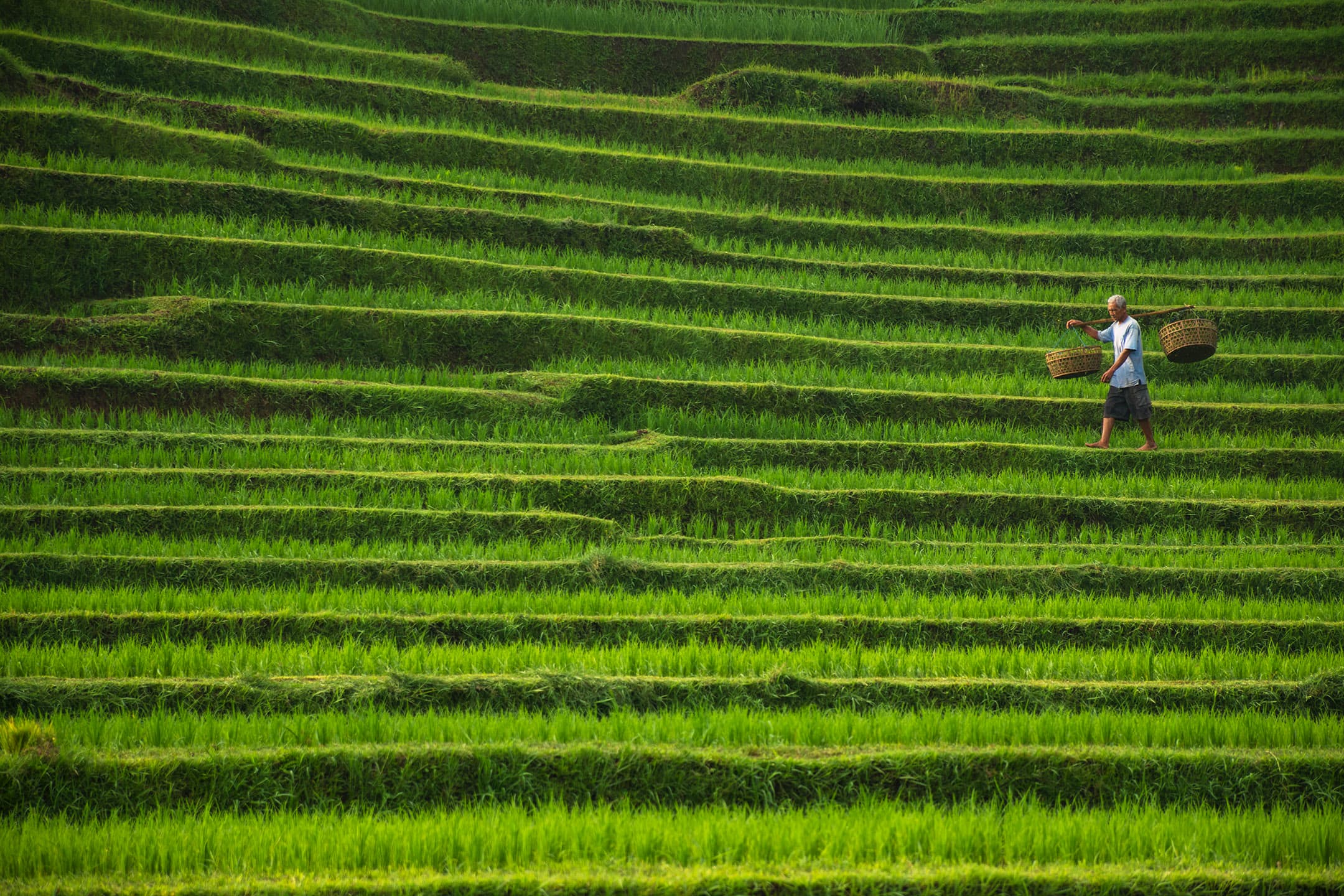
3. CLOSE CALLS
Great portraits happen when you fill the screen with your subject’s face. But skip the zoom function. Instead, get physically closer to your subject – and when you think you’re close, get even closer. As Robert Capa famously said, “If your pictures aren’t good enough, you aren’t close enough.”
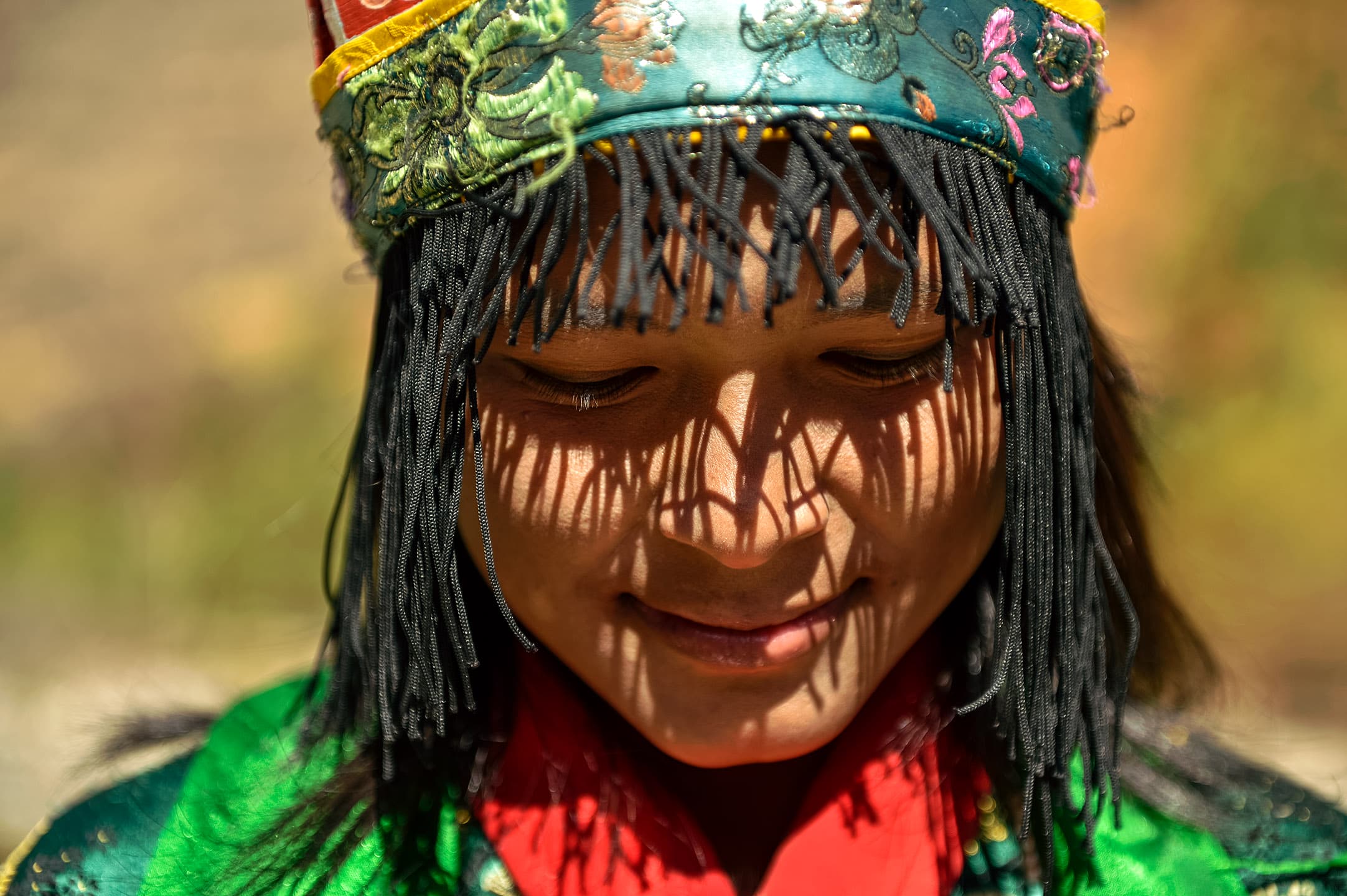
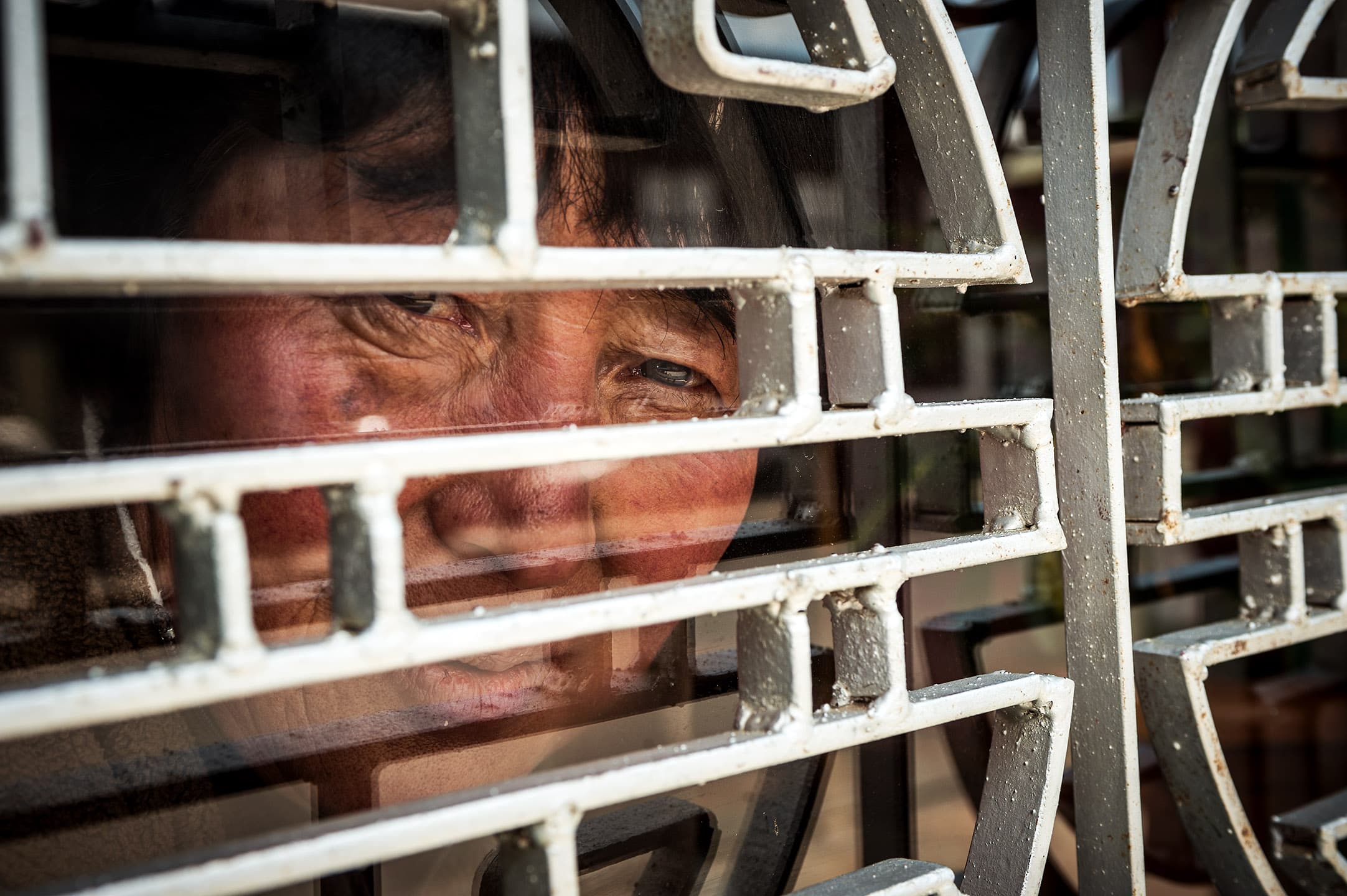
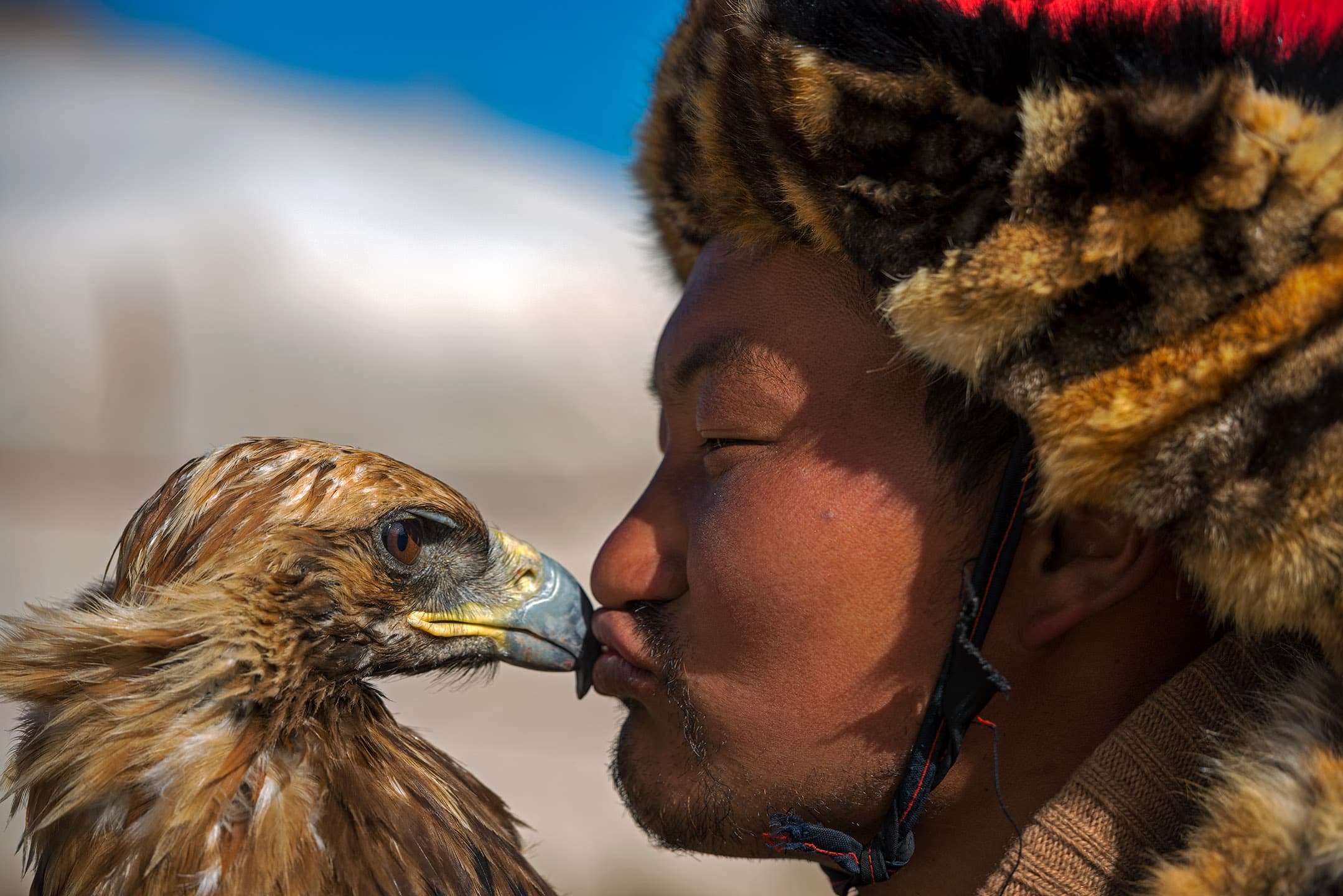
4. FREEZE FRAME
Capturing motion in pictures is something many people associate with sports imagery. However, it is a technique that is equally as dramatic in travel and documentary photography. Illustrating movement can be a powerful expression of energy or speed and help bring a static image to life. To capture motion, secure your camera on a tripod (or even a sturdy table or ledge). Or track your subject by panning the camera while they move past your lens to make interesting “blurs” in your imagery. Experiment with various shutter speeds (long, fast) in various situations to communicate energy in your photography.
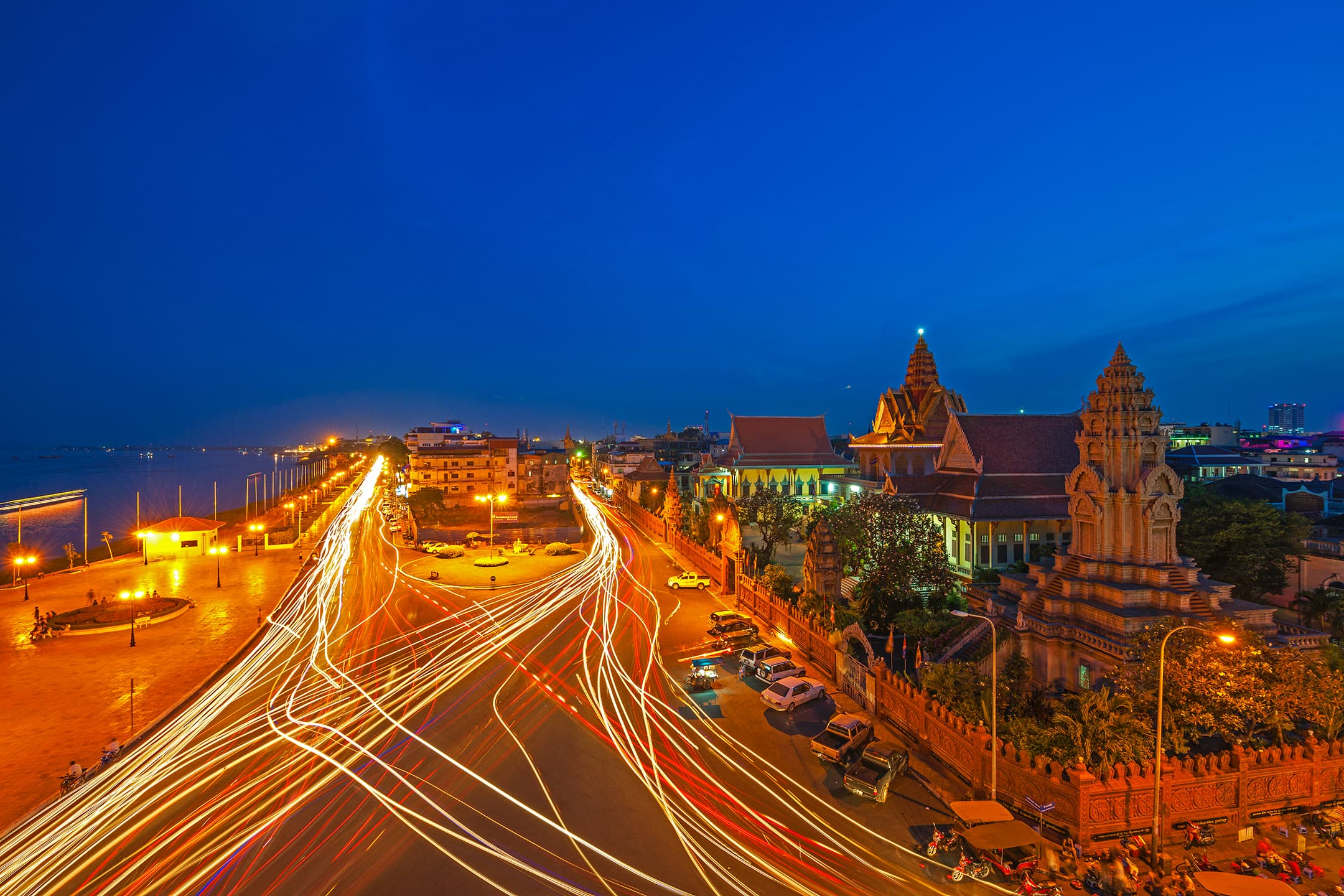
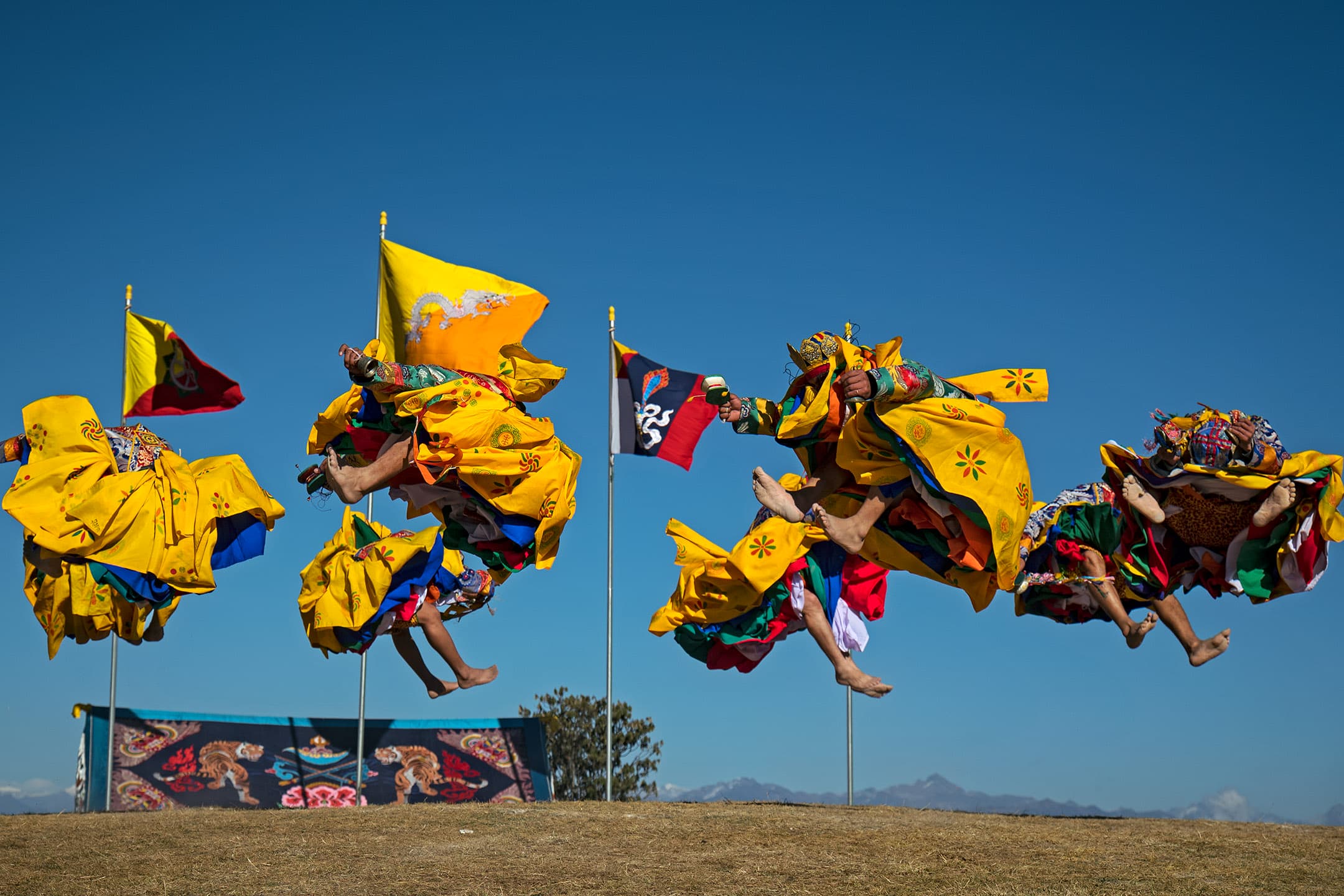
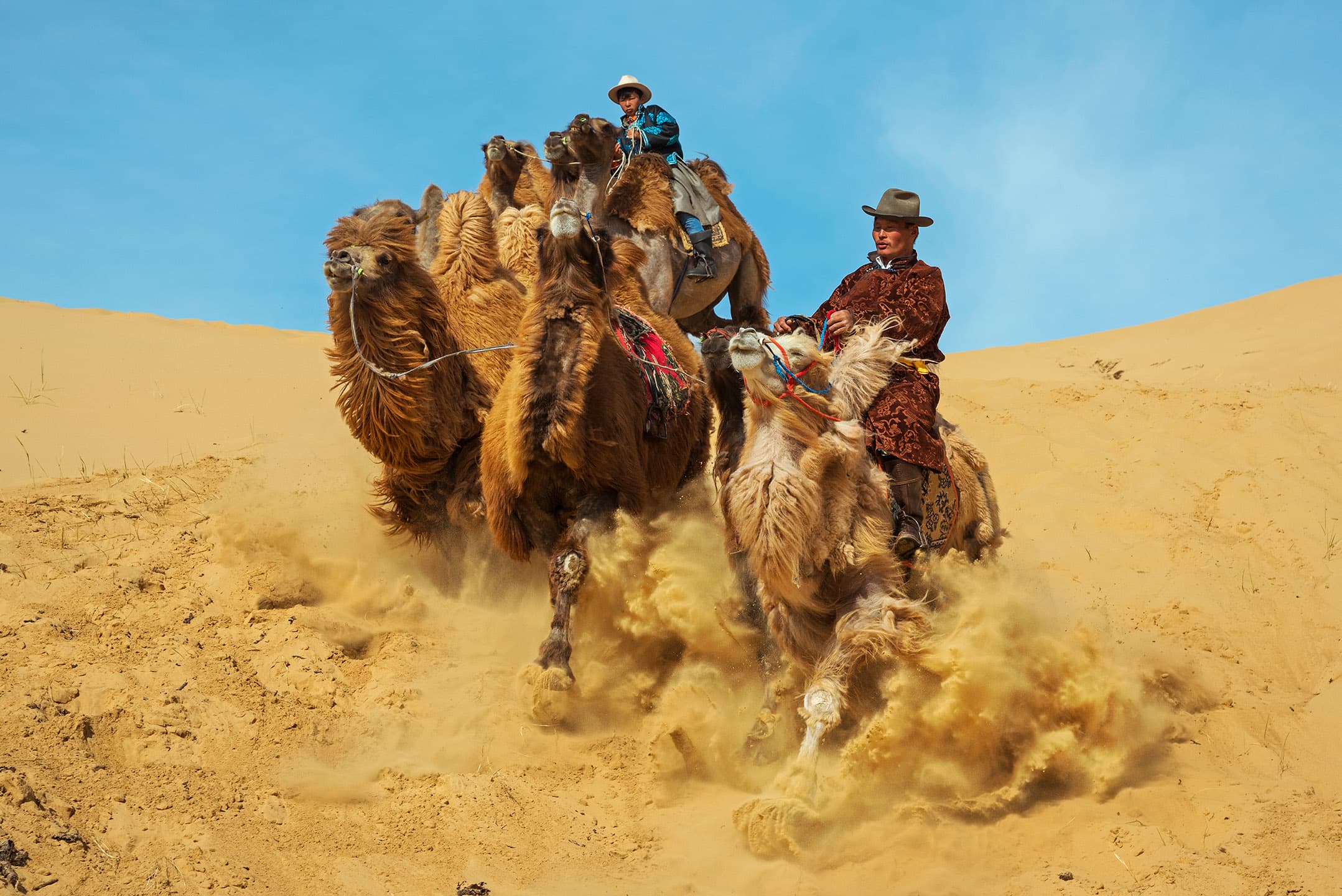
5. TAKE RISKS
Experiment and push yourself outside your comfort zone. Be on the lookout for creative and dynamic angles. Shoot without looking through the viewfinder. Get on the ground and shoot up, climb a tree and shoot down. Shoot without the flash, try long exposures. Look for repeating patterns. Don’t fight the light; make silhouettes. Shoot through things, creating layers. Look for natural frames. Get close to your subject – REALLY close. Try blending multiple exposures. Use the “wrong” lens sometimes. The more creative you get, the more you’ll learn about what works and what doesn’t work, and the better your photographs will be. Or maybe you’ll just get lucky and make a beautiful accident.
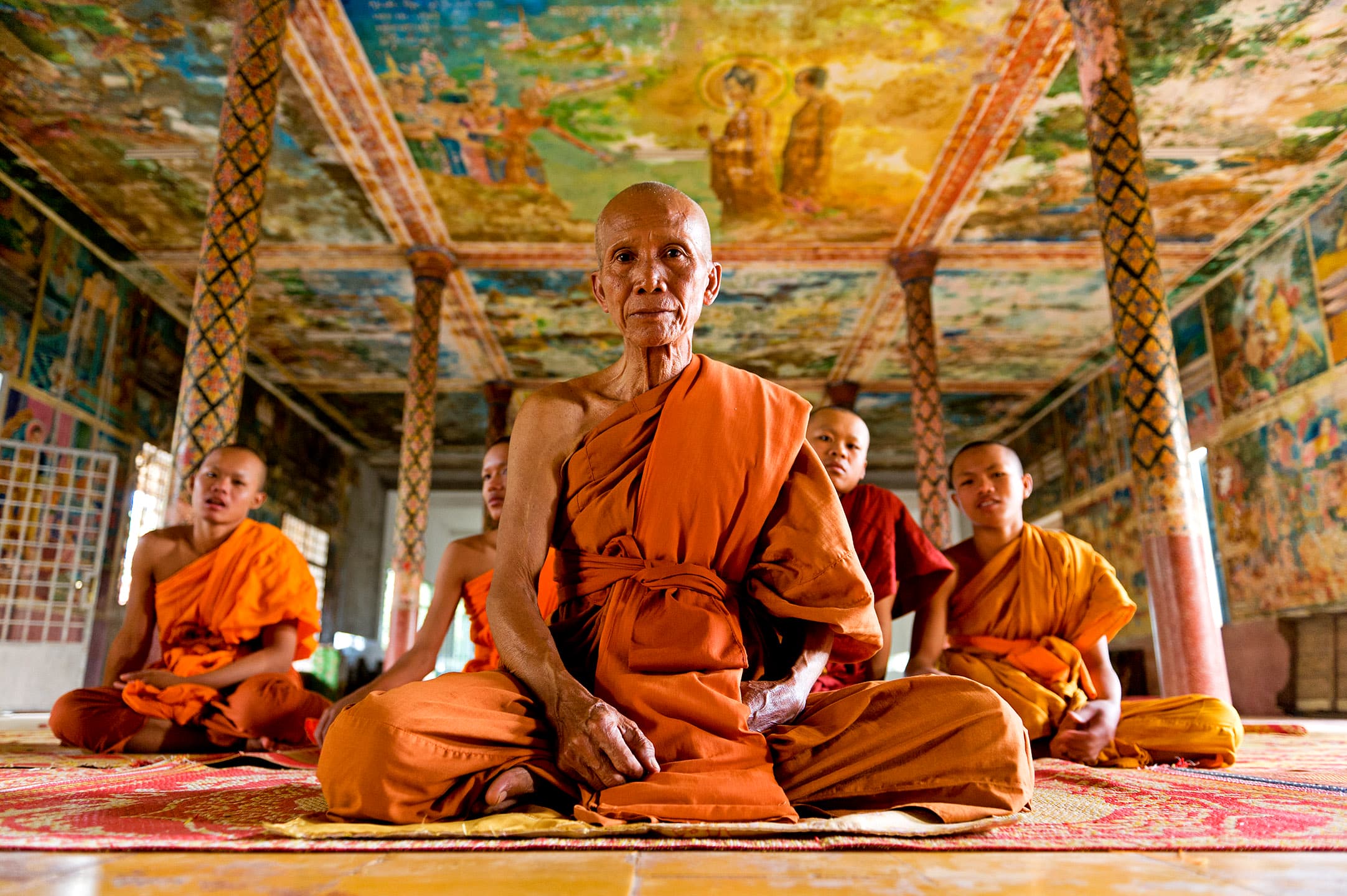
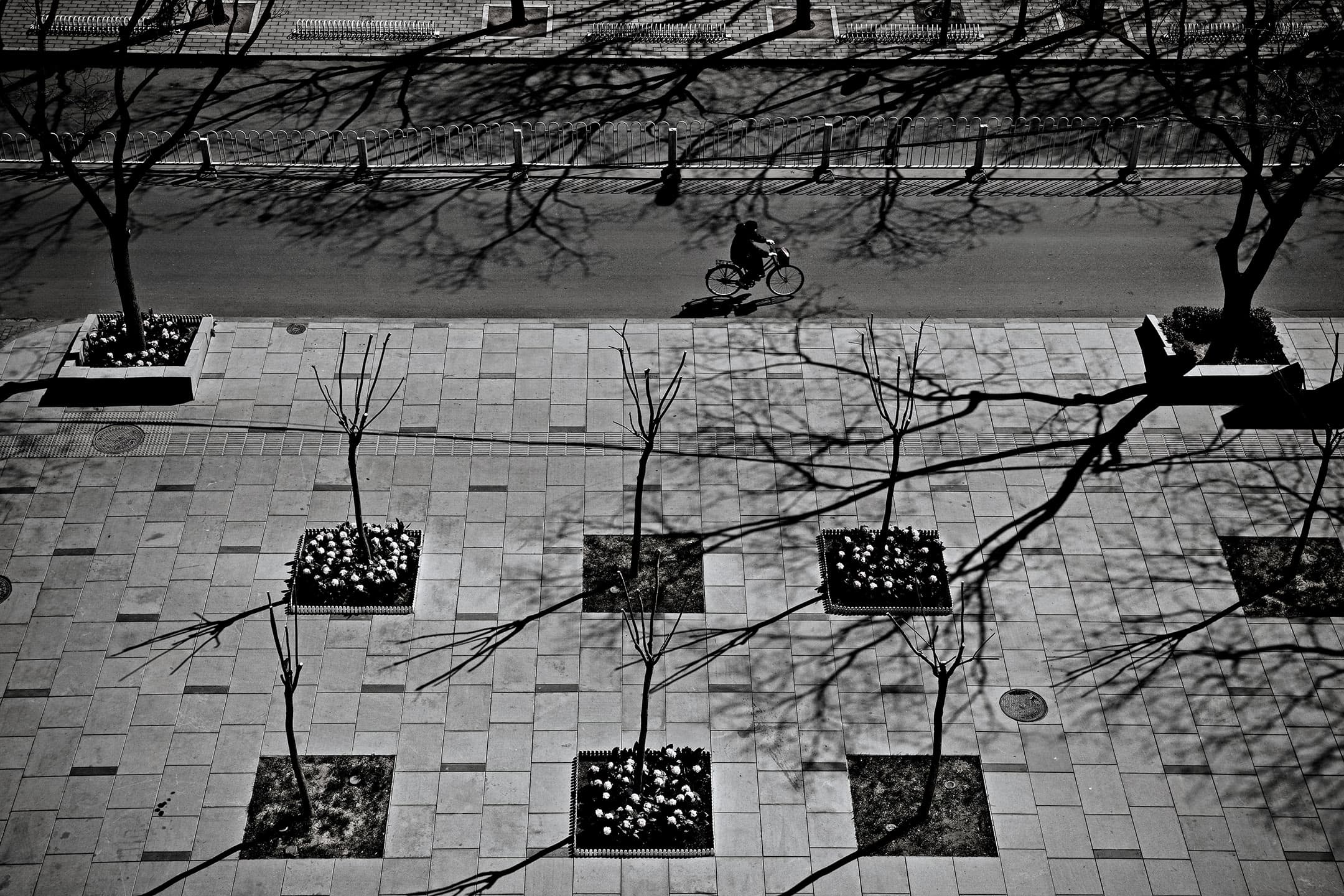
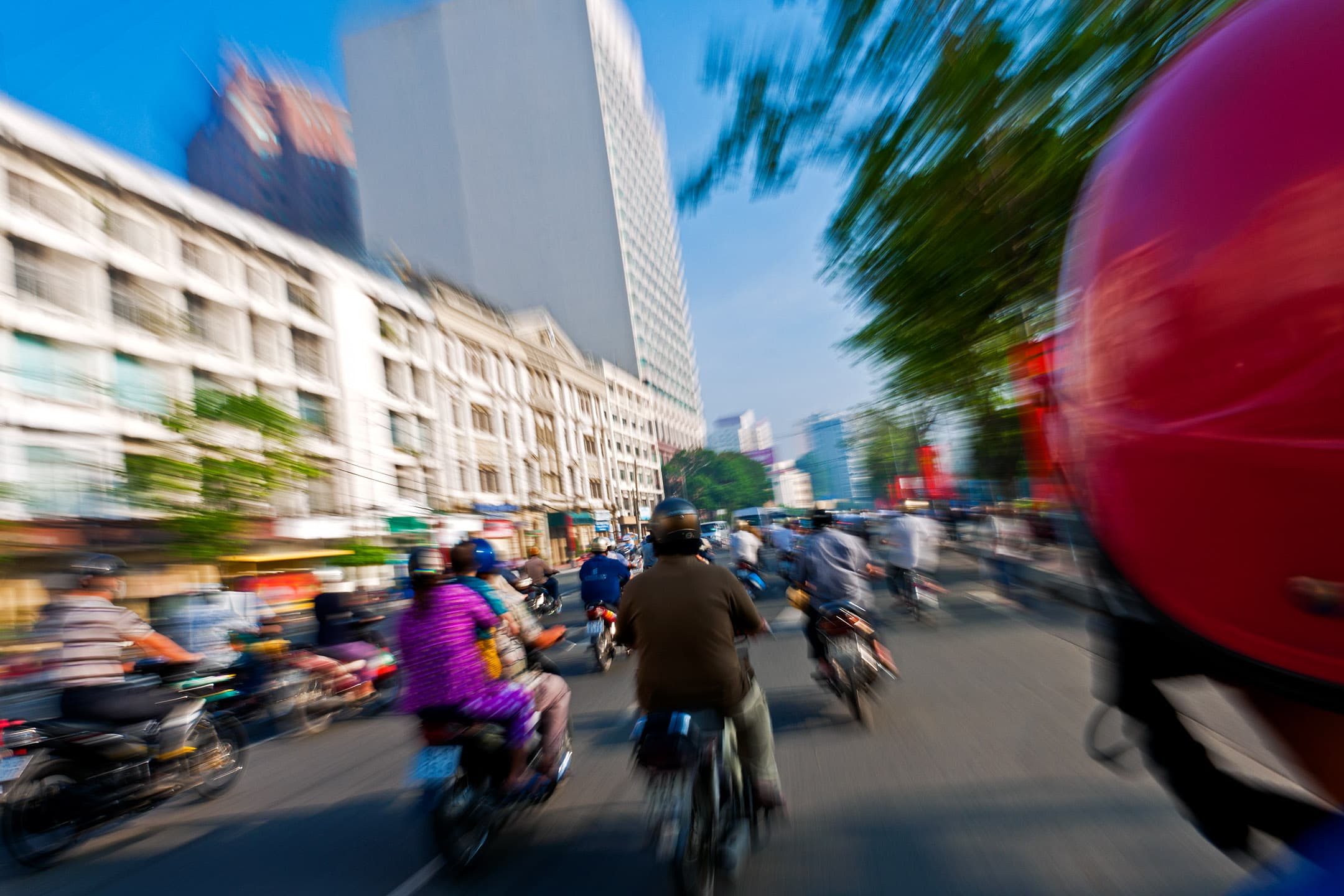
6. SEARCH FOR “THE MOMENT BETWEEN THE MOMENT”
The most valuable piece of constructive criticism I ever received was from a Senior Photo Editor at National Geographic Magazine who told me my portraits were “too contrived, too posed”. I took her feedback to heart and practice incessantly to shoot what I call “the moment between the moment” — capturing that split second of spontaneity and authenticity that arises naturally. Her advice and insight dramatically changed the way I make photography, improving my craft and making me a stronger visual storyteller.
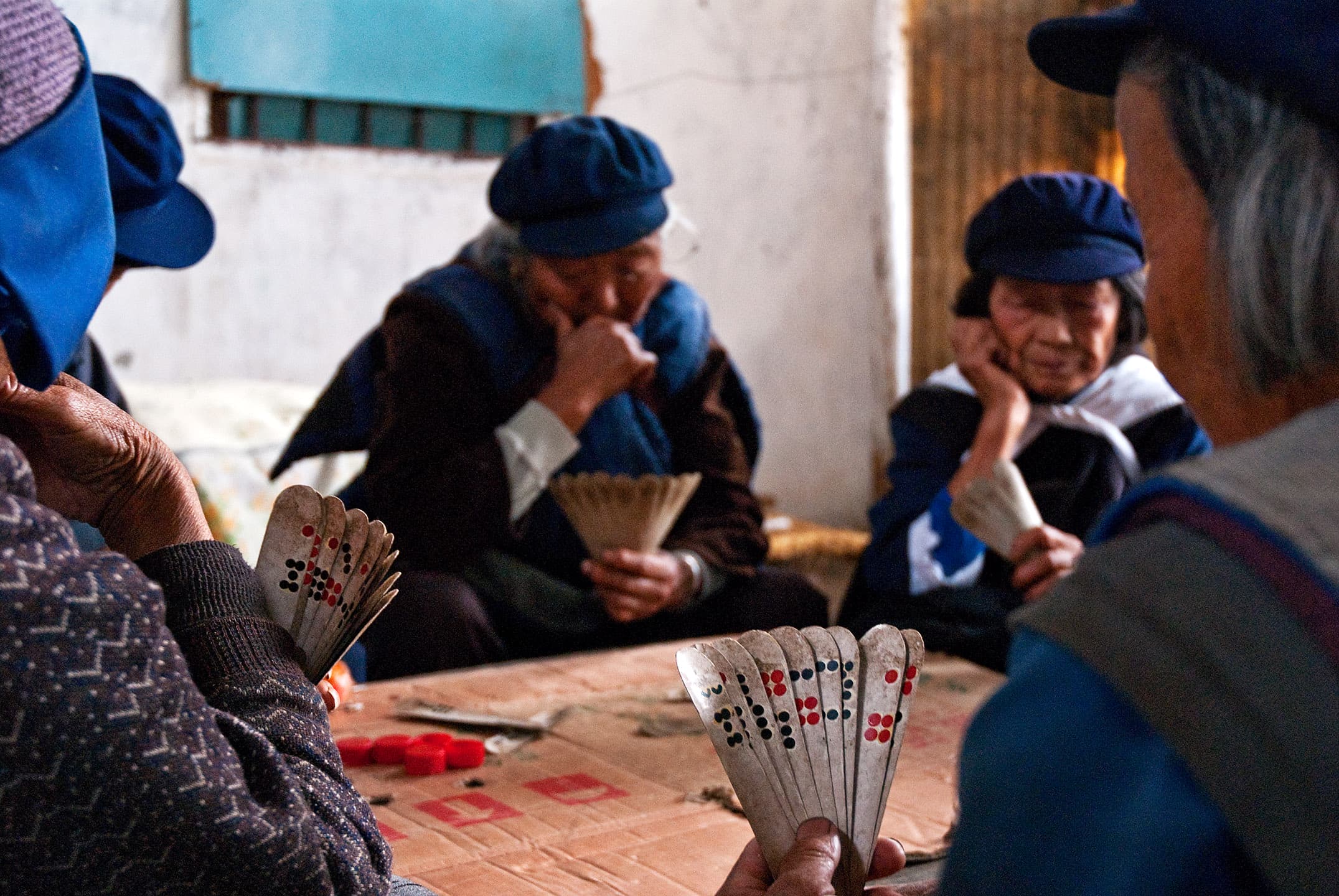
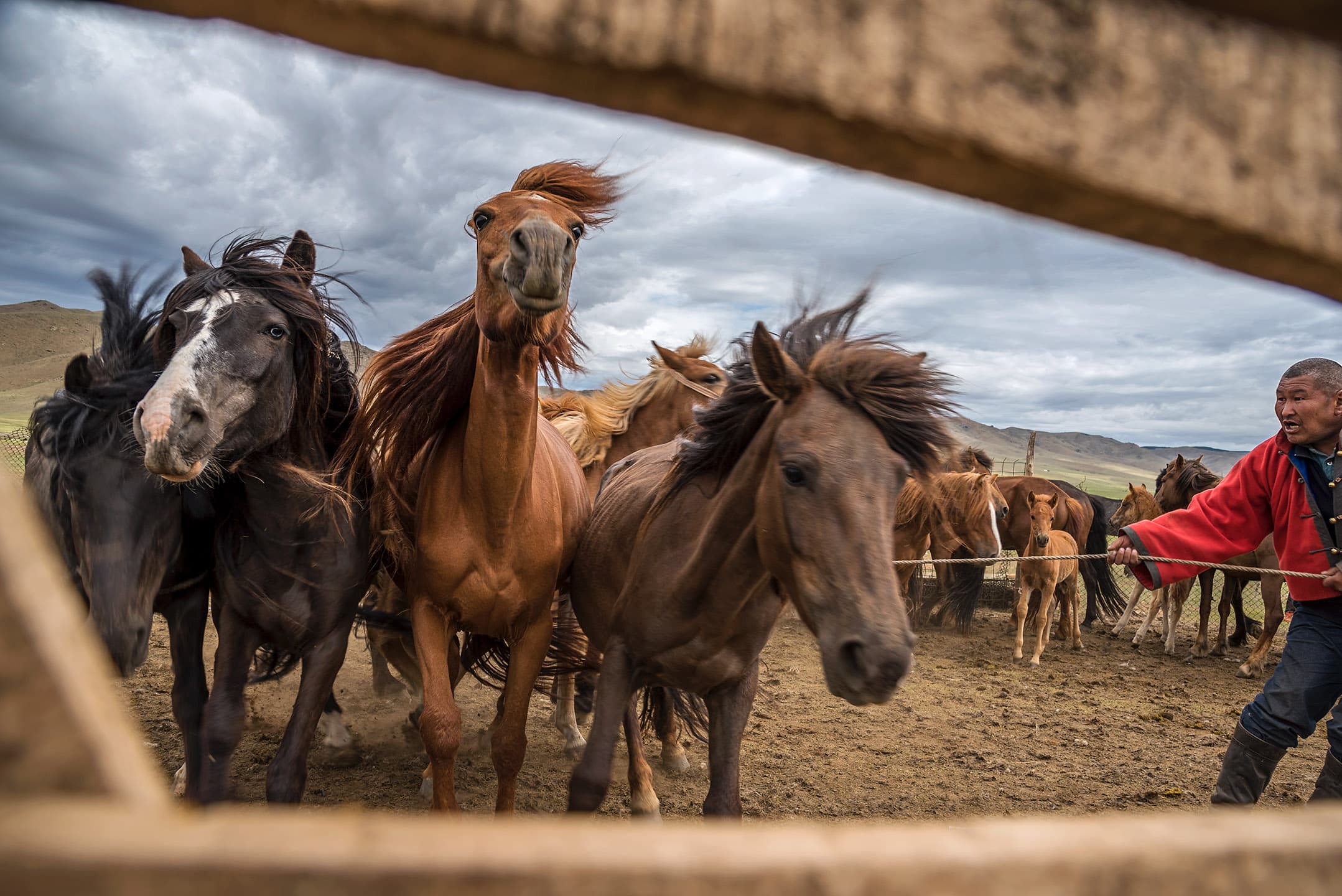
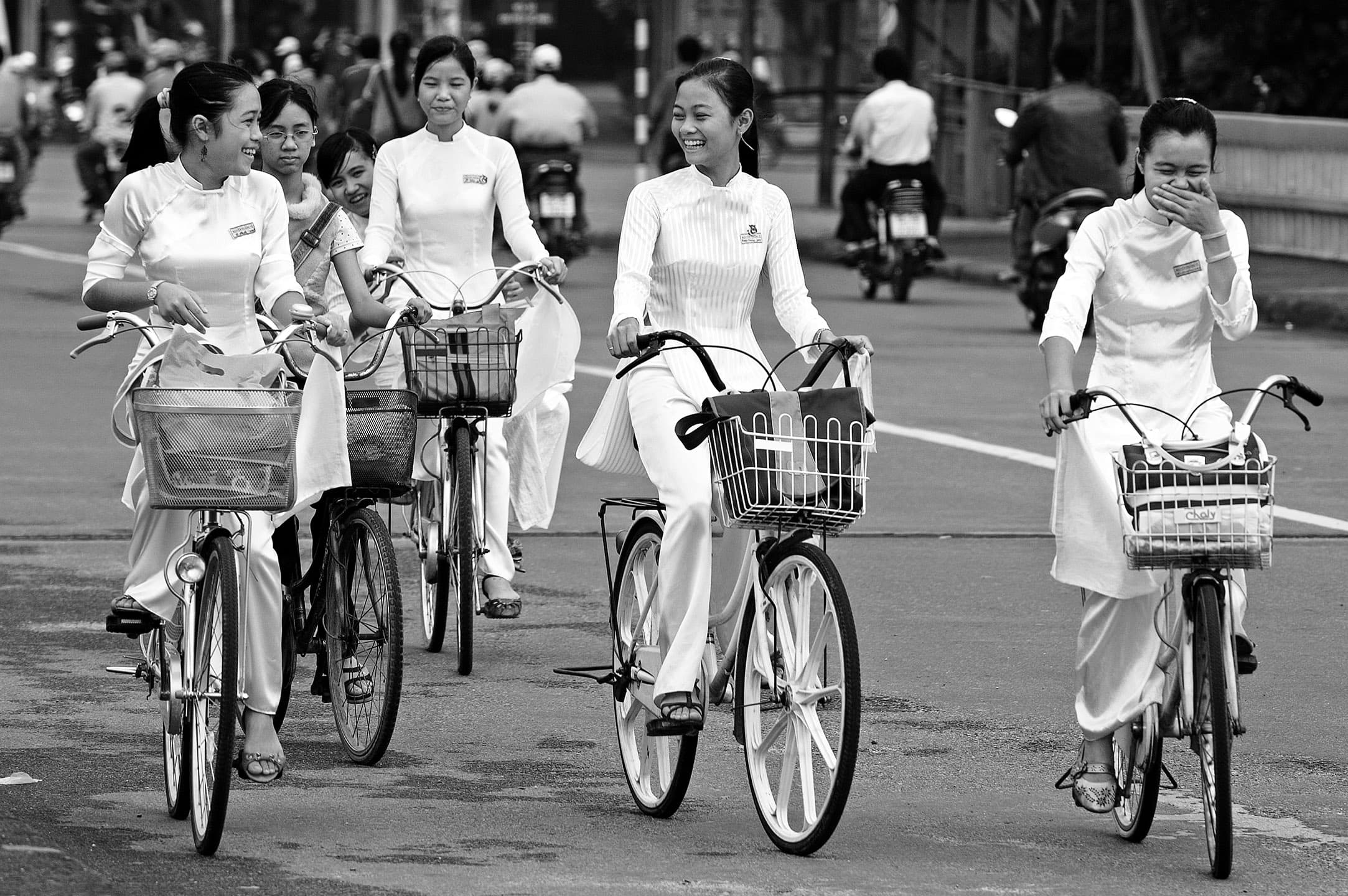
7. DEVELOP A STYLE
All great photographers have a unique and easily identifiable signature. You know a Martin Schoeller or Platon portrait or an Annie Leibovitz or Steven Meisel fashion image or a James Natchwey or Brent Stirton documentary image. Try to develop your very own personal photographic style — something that you can be known for visually and creatively. Shooting into the sun and using backlight as a visual effect is a creative, compositional and lighting technique that I have been experimenting with for years. I love the softness of the subject and ethereal effect created by the sun’s flare.
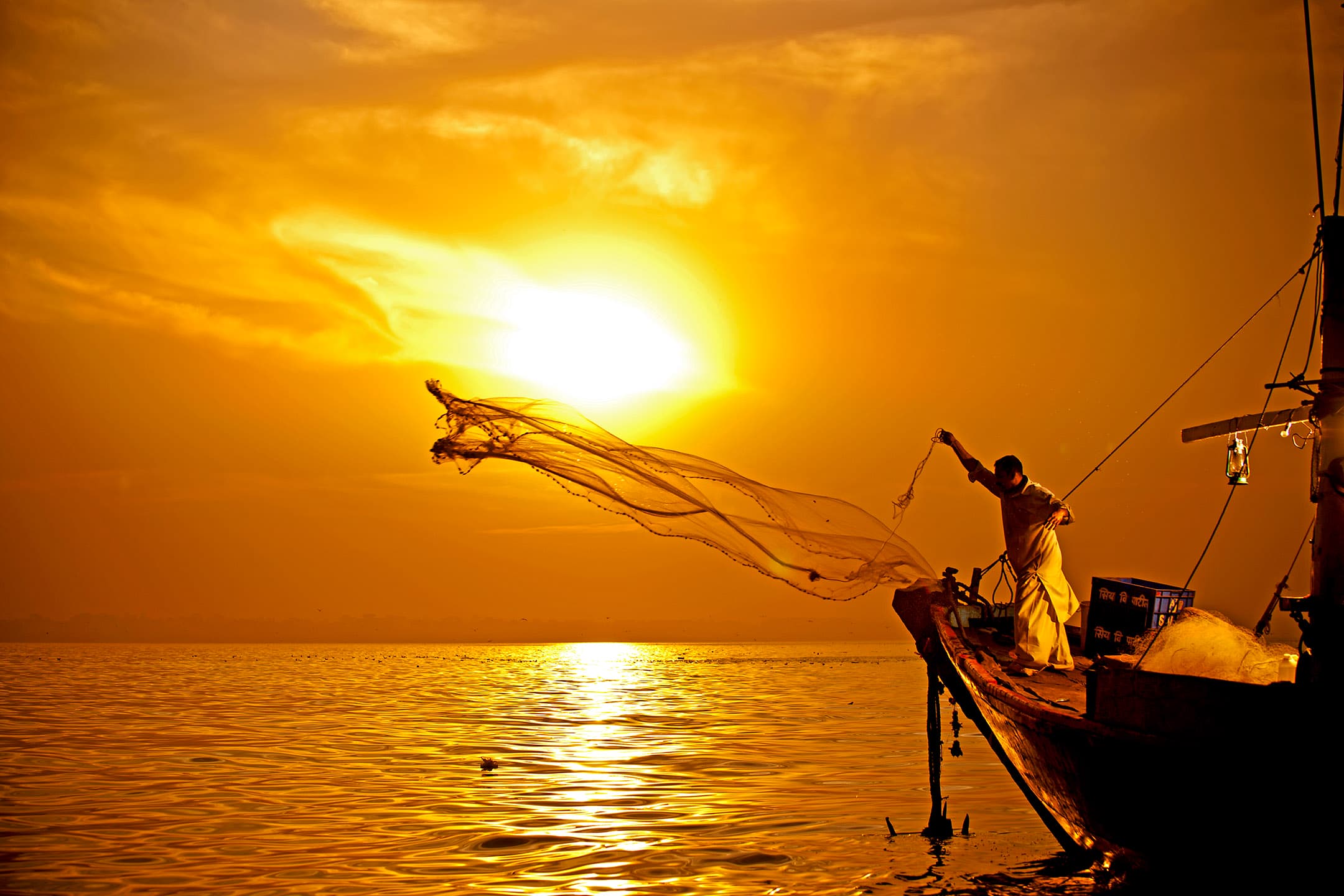
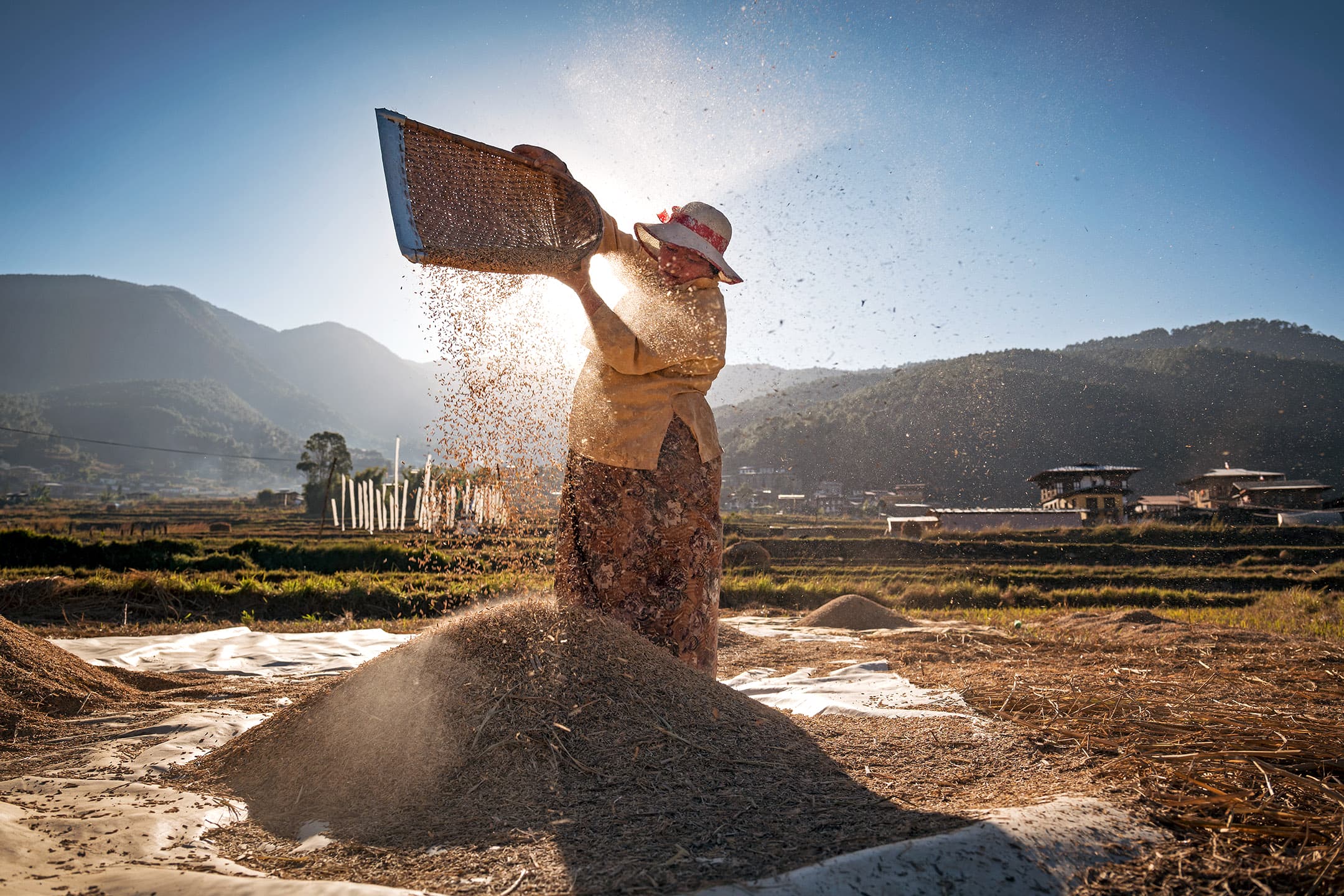
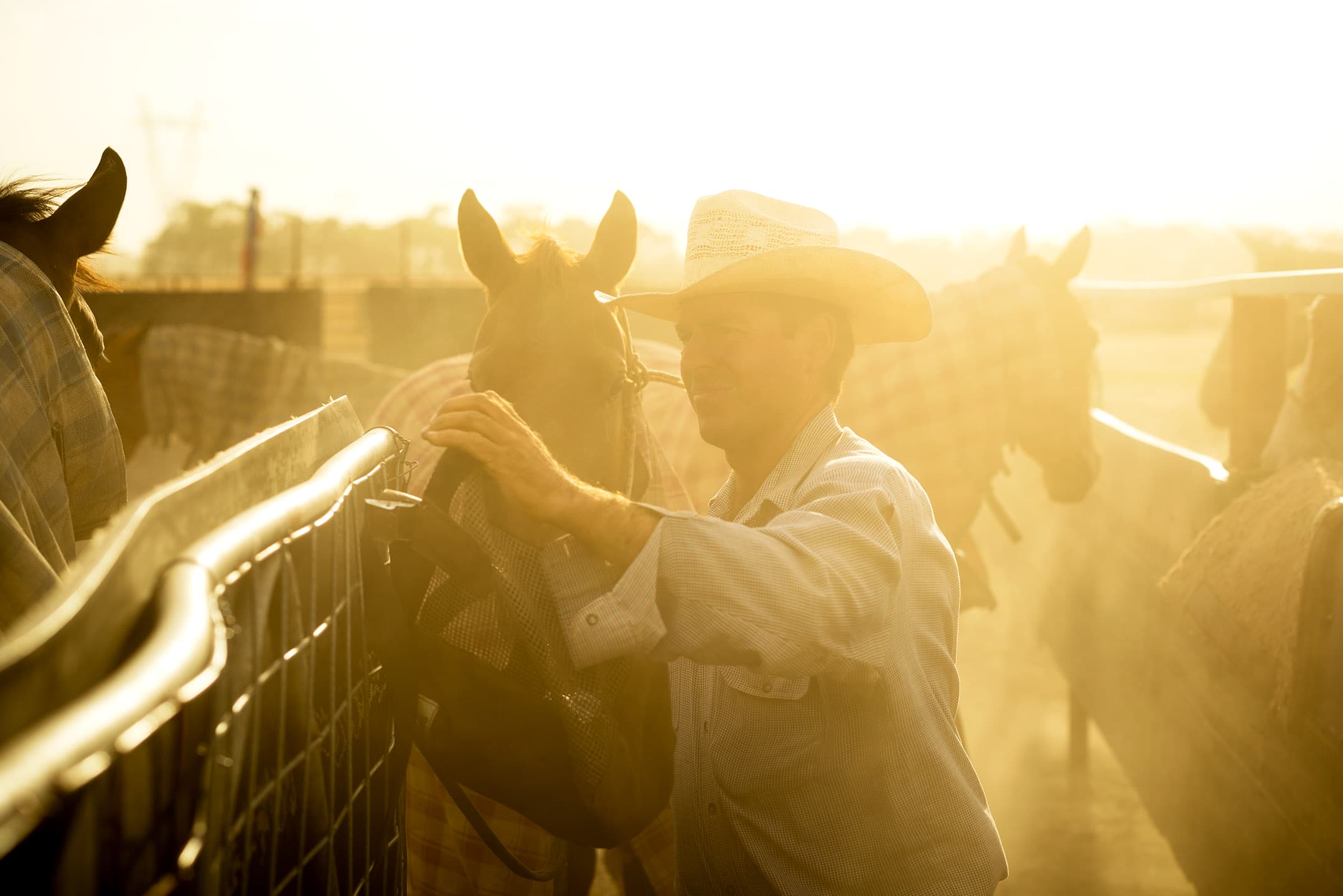
8. BE A TOURIST IN YOUR OWN CITY
People don’t necessarily have to travel to take “travel photography”. There are fascinating places, colorful characters and meaningful stories everywhere — even in our own backyards. Singapore is an exotic destination to someone who lives in Paris, just as Paris is an exotic destination to someone who lives in Singapore. So be a tourist in your own city: explore your familiar surroundings and you will find wonderful photographic opportunities. Besides, practice makes perfect, so the more experienced you are with your camera or mobile device, the better your photographs will be when you finally take that dream trip.
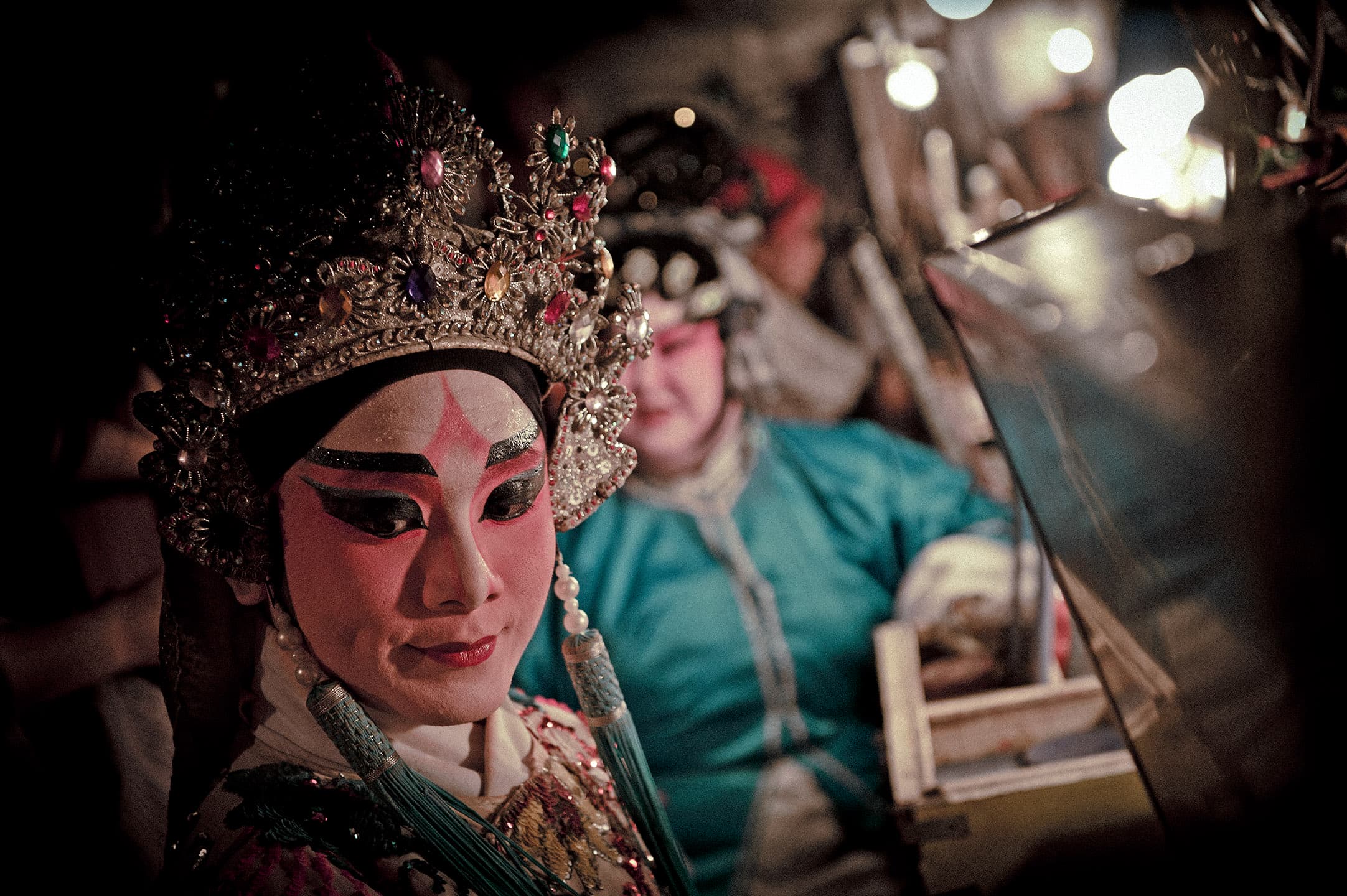
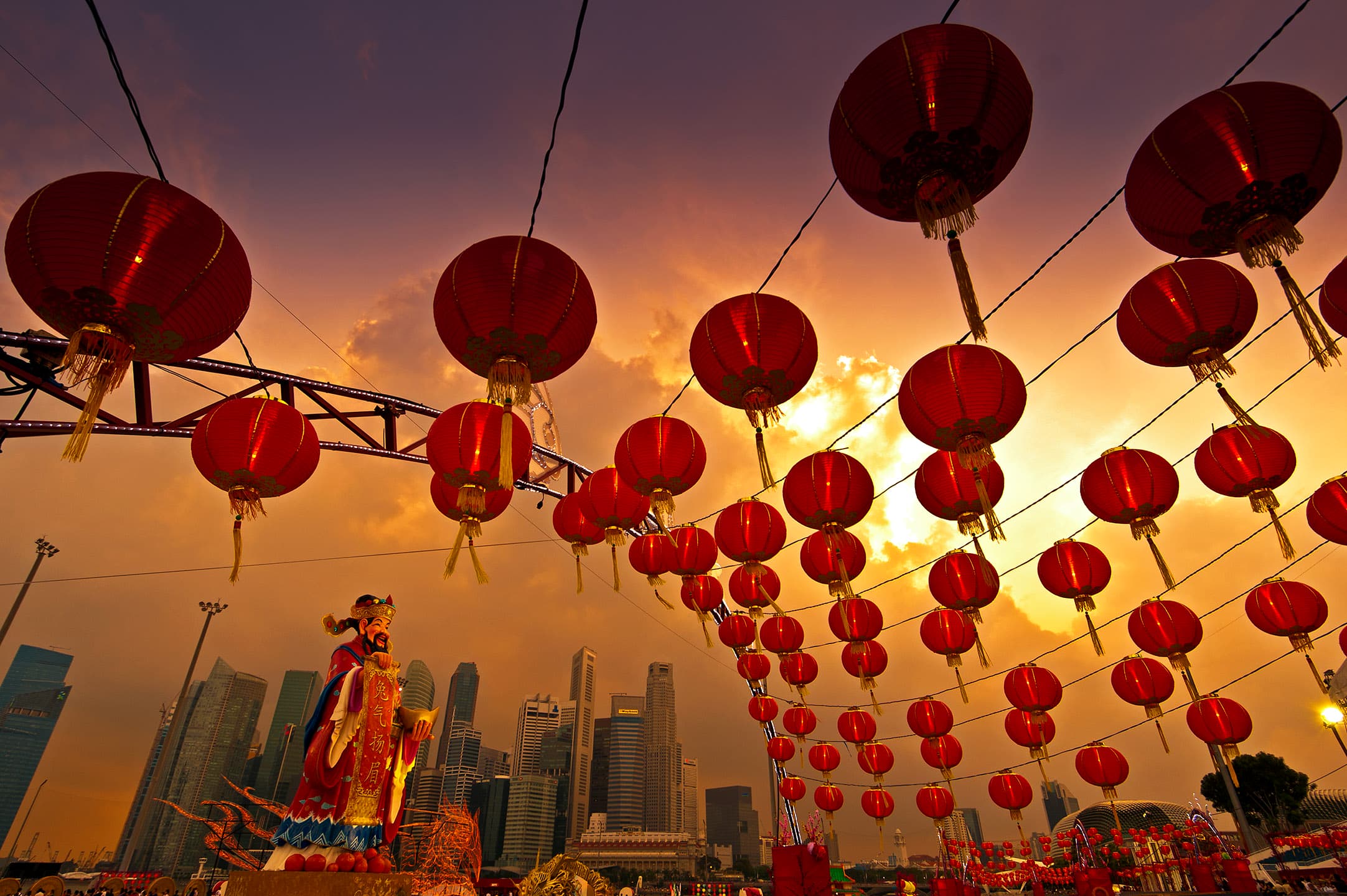
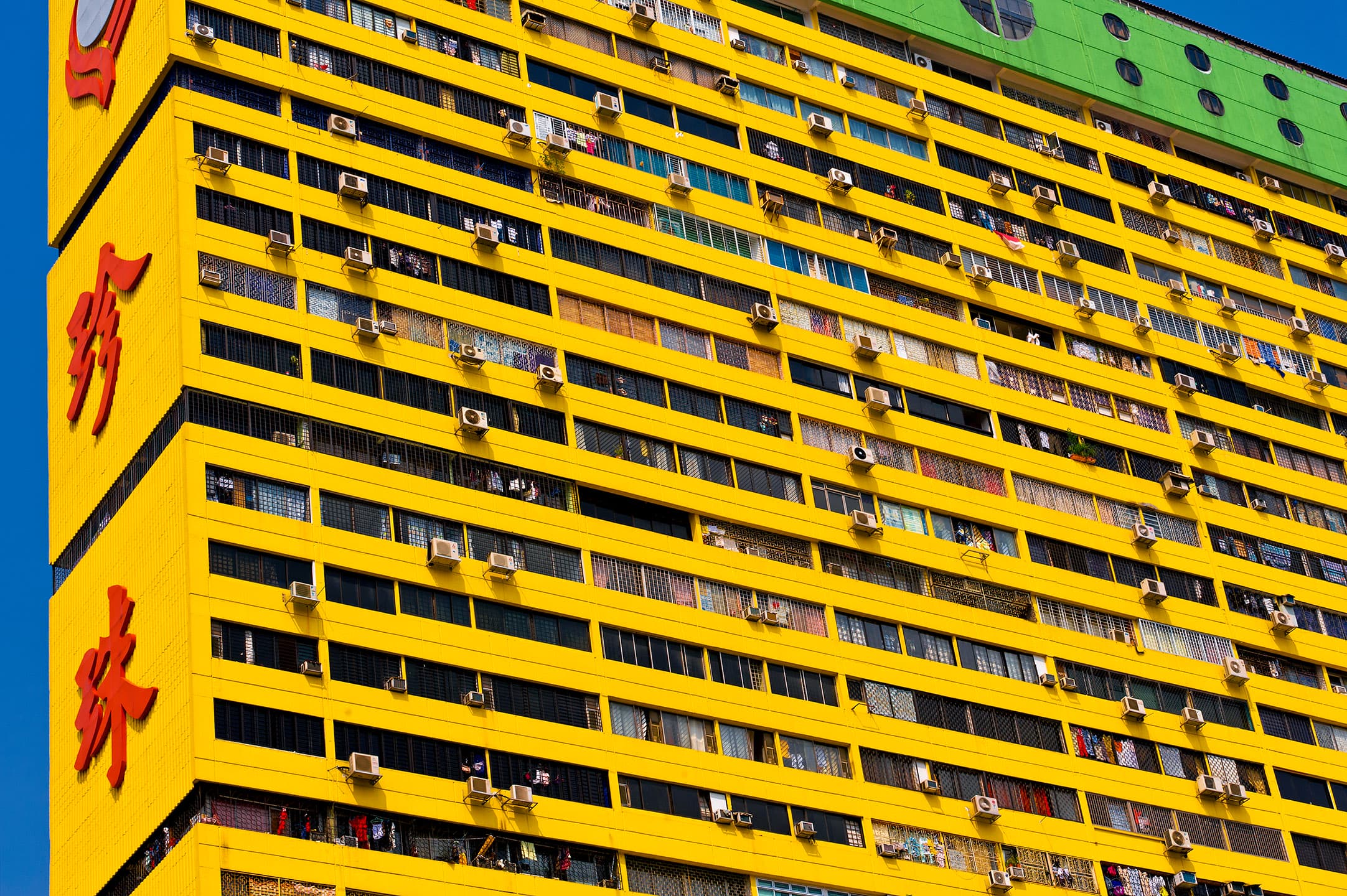

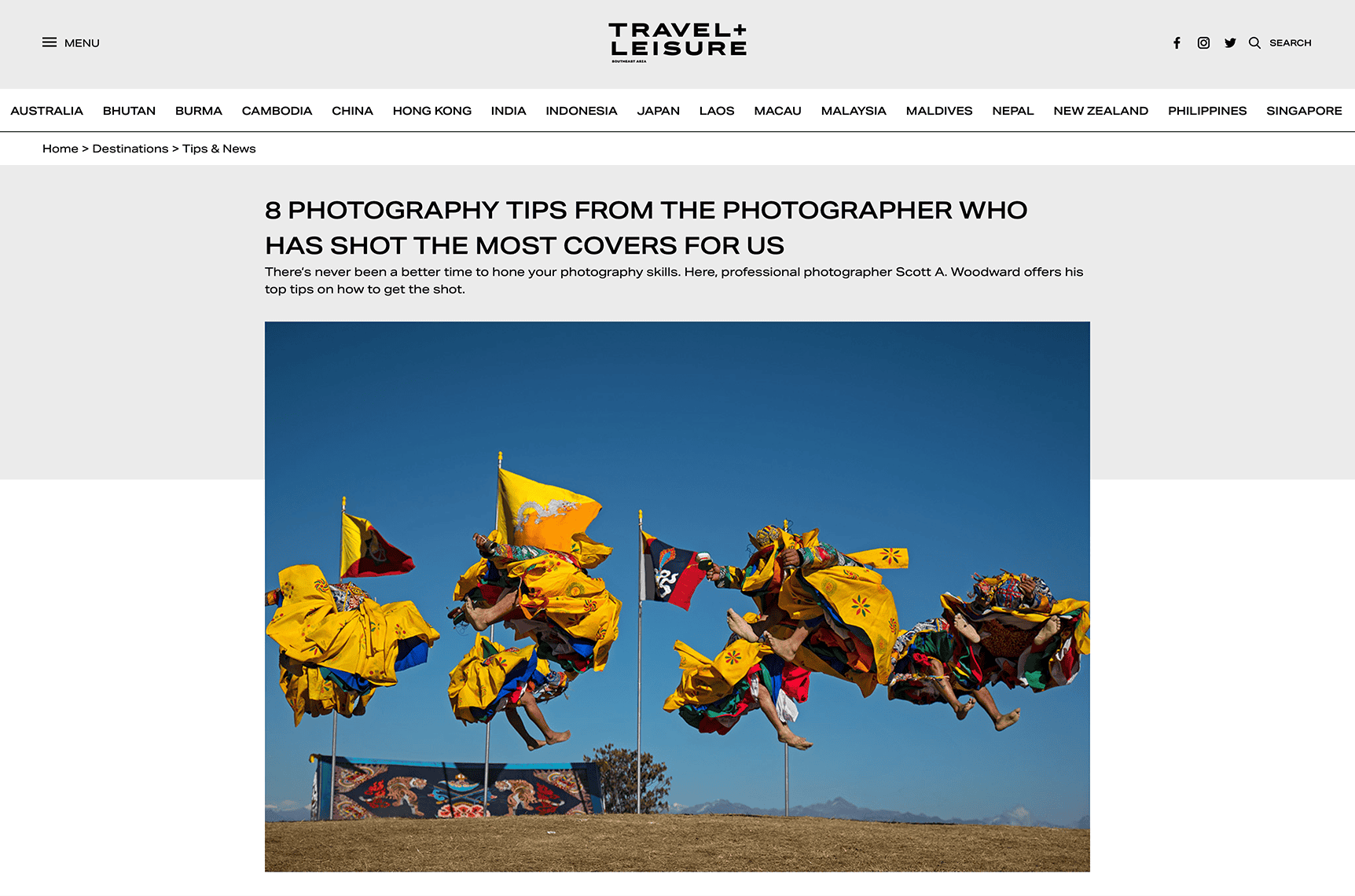
Share your thoughts